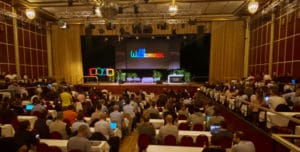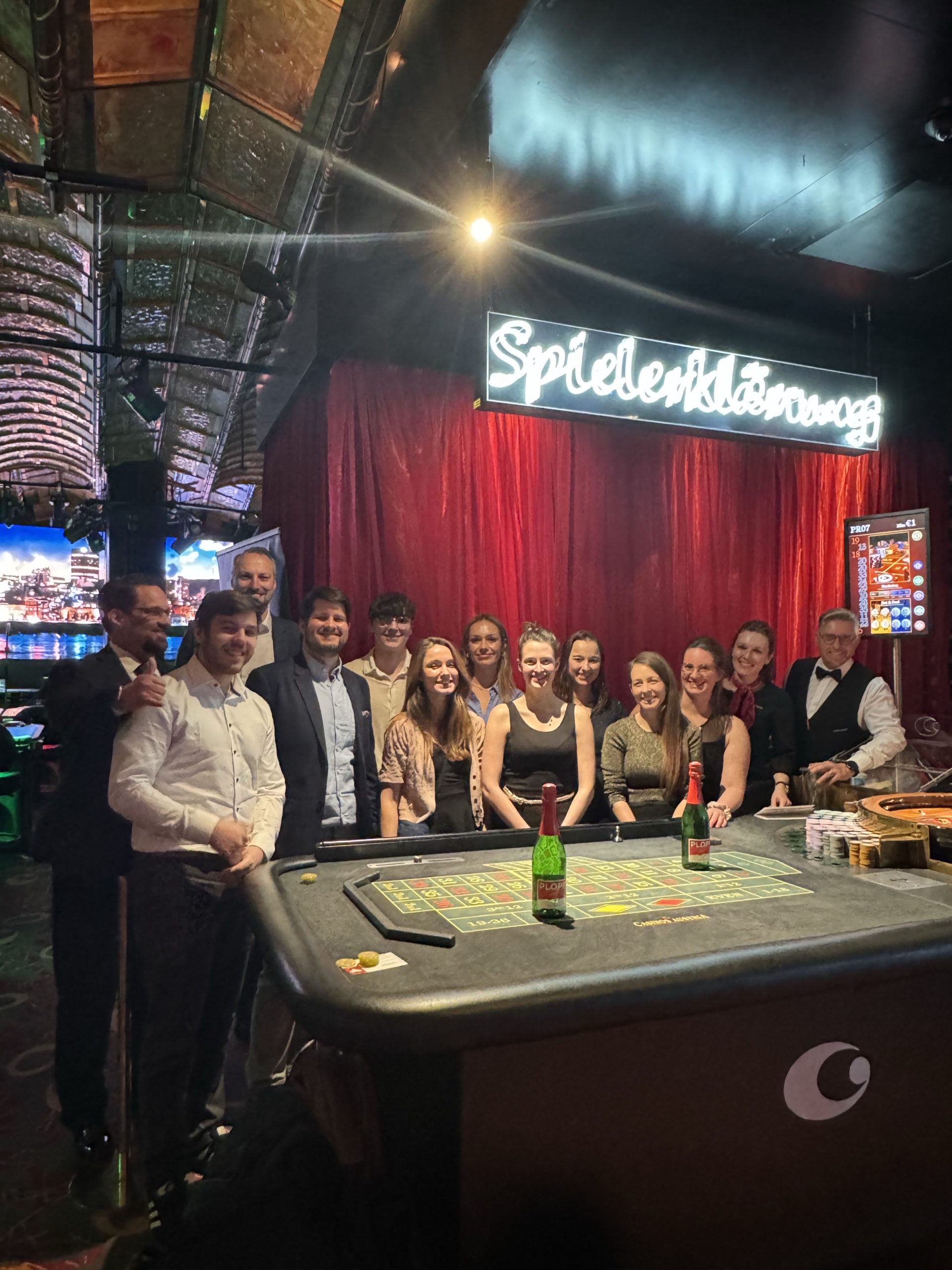For the next generation of CEOs I put forward the thesis that technical backgrounds are becoming relevant, especially managers from the IT sector. This is a new generation of IT, which first introduced methods for coping with rapidly changing environments. Agile, Rapid Prototyping, Scrum, Trial-and-Error and other iterative methods – just to name a few keywords. You can see this in the CEOs of the typical “digital giants”, where the fact that IT experts become bosses is no big surprise.
Leadership in the Change
The change outlined above and the enormous increase in complexity that has accompanied it have meant that best practices are no longer sufficient. The importance of speed has also increased significantly – keyword: Time2Market Accelaration. However, there are usually no standard products and no standardized procedures. Therefore, skills must be bundled into competencies, formed into a team and orchestrated into results in order to follow pioneering paths. However, these pioneering approaches often create uncertainty, which must be countered with trust and motivation. The challenge is not only to change existing processes, but also to further develop the mindset and culture. Ideally, this begins in management.
Differentiation Between Management and Leadership
“If management means climbing up a ladder as efficiently and effectively as possible, then leadership means putting the ladder on the right wall.” This sentence describes for me the quintessence of the difference between management and leadership. I consider this differentiation to be extremely important in order to be able to respond to conflicting demands and to resolve the tension between security and reliability versus creativity, innovation and lack of clarity.
Gartner also recommends this approach and describes it with two aspects:
- „Pace-layered Application Strategy“: Systems, applications are divided into “Systems of Records” (finance, security, etc.) and “Systems of Innovations” (digital touchpoints, customer services, etc.). Some are mainly developed according to Waterfall and others according to Agile.
- “Bimodal IT and organisation”: two forms of organisation in different speeds and cultures. Establishment of the CDO role and commissioning of the company’s “digital transformation”.
Differentiation as an Opportunity and Challenge
Differentiation poses an additional challenge for management, since everything that is divided has to be brought together again in the end – organizationally, hierarchically and often also technically. This intensifies the management and architectural demands on us. The “sandwich management” times, when there was a clear mandate that was then implemented by the team within a secured time and budget framework, are increasingly fading. Today, the order from above may be: “Save the company – and please do it quickly”. The answer from the team is then: “We don’t know whether it works that way”. That’s where leadership is needed. On the one hand, the stakeholders must be managed and on the other hand, the team must be strengthened through trust and motivation.
If the team approaches you with a lot of question marks and you don’t know how to solve something, then you must be able to say authentically and with full conviction: “Today we don’t know yet, but I believe in the abilities of each of you and in the development of new competencies within our team. That is why I know that we will succeed! And now we go home, take some distance and internalize this phase of uncertainty. Because when we made it, that was the moment that made it really big for you. And that’s how you make up stories that you’ll tell your grandchildren.
Further Challenges
A common saying, which describes today’s job market very aptly, is “War For Talents and Resources”. It has long since ceased to be enough to simply place job advertisements listing the employer’s advantages in order to get the required employees with high expertise. The increasing demand for expert knowledge and the growing shortage of skilled workers have reduced the “influx” and given applicants and providers more selection options. Human resources departments are now also realising that a roll-up and ballpoint pen in a goodie bag at the job fair will probably not quite be enough to attract the high quality workforce. Leadership is also needed here: the manager from the old days took 1-3 “trusted experts” from his network with him when he started. The leader of today succeeds in making experts want to work in his organization. He puts his team in front of the curtain and makes himself visible and accessible to talents (for example via social media).
In addition, a generational change takes place. On the one hand, there is the wave of retirements and, above all, the greatly changed demands of the digital natives and millenials. Young people no longer have the prospect of working in one and the same company for decades until they retire and plan to work in a company for a maximum of 5-10 years. Expectations of the general conditions and the demand for a good work-life balance force employers to become more open, diverse and individual. Shortcomings in this area can increasingly rarely be compensated by an increased salary in the form of “compensation for pain and suffering”.
Christoph Schmutz
CIO and Managing Partner of the CEYOND Group










